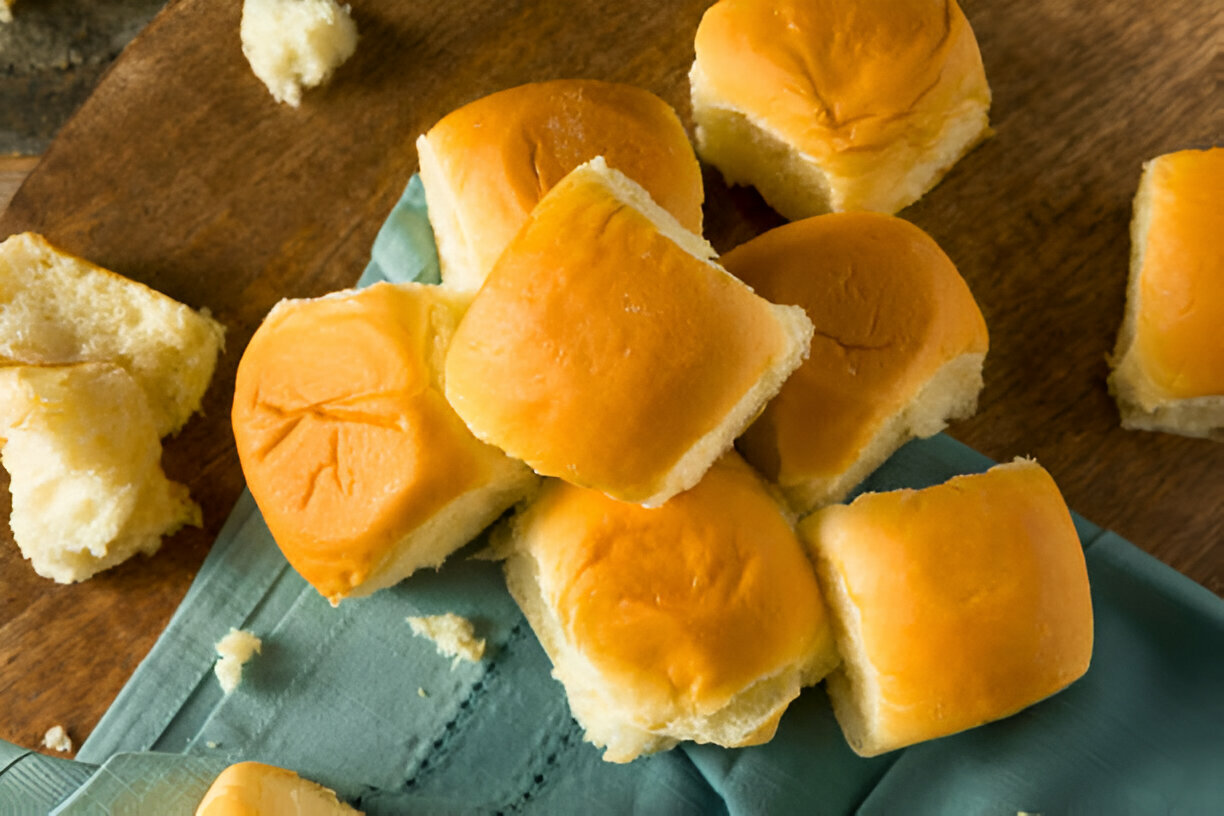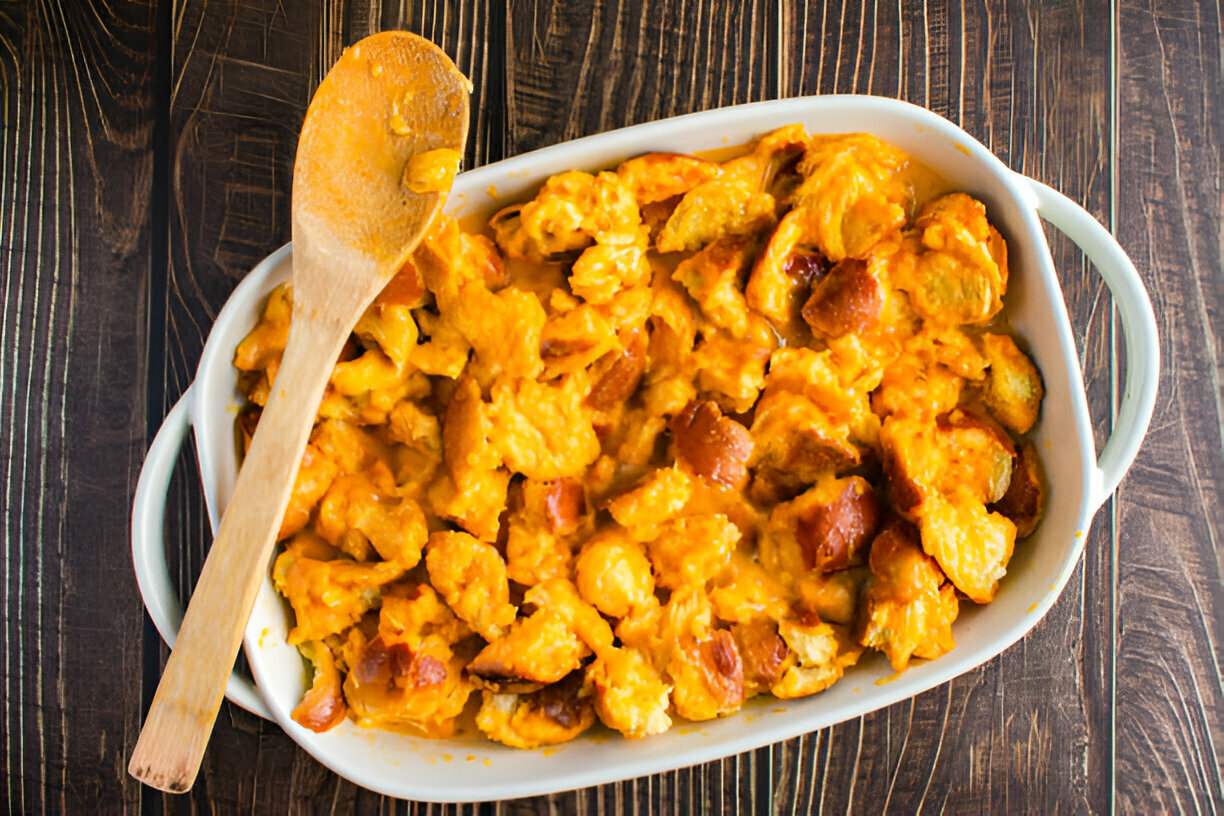Sourdough bread has a rich history that dates back thousands of years, originating from ancient civilizations where wild yeast and natural fermentation processes made it a staple food. The traditional methods of sourdough baking involve a labor-intensive kneading process, but in recent years, the trend of "no knead" techniques has gained popularity among home bakers. This approach simplifies the bread-making process by relying on the power of time and natural fermentation, allowing for a glorious crust and a chewy, flavorful interior without the need for extensive hands-on work.
The term "no knead" refers to a method of bread-making that eliminates the need for vigorous kneading, instead utilizing a longer fermentation period to develop gluten and flavor. This method not only saves time but also makes it accessible for bakers of all skill levels. The resulting bread is known for its impressive crusty texture and complex flavors, making it a favorite among artisanal bread enthusiasts.
In this article, we will explore the joys of making no knead sourdough bread, providing you with an easy-to-follow recipe and tips to ensure delicious results. Whether you're a seasoned baker or a curious beginner, you'll discover that with just a few simple ingredients and minimal effort, you can create your very own loaf of no knead sourdough bread that rivals those from the best bakeries.

The Basics of Sourdough Bread
Sourdough bread is not just a culinary creation; it is a product of a unique fermentation process that distinguishes it from other types of bread. At its core, sourdough is made using a starter, a mixture of flour and water that captures wild yeast and bacteria from the environment. This starter ferments and helps develop the bread's distinctively tangy flavor and chewy texture. Unlike bread made with commercial yeast, sourdough undergoes a slower fermentation, which enhances its rich taste and lends it a complex profile that is difficult to replicate.
One of the key attractions of sourdough is the flexibility it offers to bakers. The "no knead" method takes this a step further, making sourdough baking accessible to everyone. This technique does not require the traditional vigorous kneading that can be daunting for beginners. Instead, it relies on a longer fermentation time that naturally develops the gluten structure necessary for a great loaf. By embracing this method, bakers can achieve a beautiful crust with minimal effort.
Central to the no knead sourdough process is the sourdough starter. This living culture is essential for fermentation, providing the lactic acid bacteria and wild yeast required to leaven the bread. The starter must be cared for and fed regularly to keep it active. If you're just starting, a small amount of an established starter can be cultivated into a robust culture over time.
To make no knead sourdough bread, a few simple ingredients play vital roles. Flour provides the backbone of the dough, while water hydrates and helps extract flavor. The salt adds depth and helps control yeast activity, and the starter acts as the engine driving the fermentation process. Understanding the function and quality of these ingredients is crucial to achieving consistently delicious results.
Ingredients for No Knead Sourdough Bread
- 500g all-purpose or bread flour - The foundation of the loaf; choose high-quality, unbleached flour for the best results.
- 375g water - Room temperature water is best for activating the starter and promoting fermentation.
- 100g active sourdough starter - Ensure your starter is bubbly and active prior to use for optimal fermentation.
- 10g salt - Enhances flavor and regulates fermentation.
While these ingredients form the basis of your no knead sourdough bread, there are opportunities for substitutions based on dietary preferences or availability:
- Gluten-free flour: You can experiment with gluten-free all-purpose blends, though adjustments may be necessary for texture.
- Whole wheat flour: Incorporating whole wheat flour will add a nuttier flavor and increase nutritional value. Consider using a mix of whole wheat and all-purpose flour to maintain structure.
With the right ingredients on hand, you're ready to embark on the journey of creating your own no knead sourdough bread, where the beauty of time and fermentation will work in your favor to yield delicious results.

Directions for Making No Knead Sourdough Bread
Making no knead sourdough bread may seem daunting at first, but with a little patience and the following step-by-step guide, you'll be well on your way to enjoying homemade bread that goes beyond your expectations.
- Mixing the Dough: In a large mixing bowl, combine 500g of flour, 375g of room temperature water, 100g of active sourdough starter, and 10g of salt. Stir until no dry flour remains. The mixture will be shaggy and wet, but that's exactly what you want.
- Initial Fermentation: Cover the bowl with a damp towel or plastic wrap to create a humid environment. Allow the dough to rise at room temperature for 12-18 hours. The dough should become bubbly and expand significantly.
- Shape the Dough: After the initial rise, lightly flour your work surface, and gently turn out the dough. With floured hands, fold the dough over itself a few times to shape it into a round loaf. Be careful not to deflate the bubbles formed during fermentation.
- Second Rise: Place the shaped dough on a floured sheet of parchment paper and cover it with a clean towel. Let it rise for another 1-2 hours until it has puffed up again.
- Baking: Preheat your oven to 450°F (232°C) about 30 minutes before baking. Place a Dutch oven (with its lid) in the oven while it preheats. Once heated, carefully transfer the dough into the hot Dutch oven using the parchment paper as a sling. Cover with the lid and bake for 30 minutes, then remove the lid and bake for an additional 15-20 minutes until the crust is deep golden brown.
- Cooling: After baking, carefully transfer the bread to a cooling rack. Allow it to cool for at least 30 minutes before slicing; this helps improve the texture and flavor.
Tips for Perfect No Knead Sourdough Bread
To ensure you achieve the best results with your no knead sourdough bread, consider these helpful tips:
- Determining the Right Hydration: Water content directly affects the dough's texture. Experiment with slightly more or less water to find the perfect balance for your preference.
- Temperature Considerations: Ambient temperature plays a vital role in fermentation. Warmer environments speed up the process, while cooler conditions slow it down. Ideal temperatures range between 70°F to 80°F (21°C to 27°C).
- Common Mistakes to Avoid: Overproofing can lead to flat loaves, while underproofing may result in dense bread. It’s crucial to closely monitor your dough during the rising periods. Also, ensure your oven is correctly preheated to avoid poor crust development.
FAQs
Here we address some frequently asked questions regarding no knead sourdough bread:
- What is the difference between regular bread and sourdough bread? Sourdough bread is made through a natural fermentation process with wild yeast and bacteria, resulting in its distinctive tang and texture, while regular bread often uses commercial yeast which leads to quicker fermentation.
- How do I know if my sourdough starter is active? A healthy starter will double in size within 4-6 hours after feeding, show bubbles on the surface, and have a pleasant, slightly tangy smell.
- Can I use all-purpose flour for sourdough? Yes, all-purpose flour works well for sourdough, though bread flour can yield a chewier texture due to its higher protein content.
- How do I store no knead sourdough bread? Store your bread at room temperature in a paper bag to maintain its crustiness. For longer storage, slice and freeze the bread, wrapping it tightly.
- Can I make no knead sourdough bread without a Dutch oven? While a Dutch oven is ideal for heat retention and steam generation, you can use a baking stone or a cast-iron skillet covered with another oven-safe pot. Just ensure that there's enough steam created during the bake.
Health Benefits of Sourdough Bread
Sourdough bread offers several health benefits that set it apart from other types of bread:
- Digestibility and Nutrient Absorption: The fermentation process breaks down gluten and phytic acid, making the nutrients more accessible to the body and improving digestibility.
- Lower Glycemic Index: Sourdough has a lower glycemic index than regular bread, leading to more gradual increases in blood sugar levels, which can benefit those managing diabetes.
- Probiotics and Gut Health: The fermentation encourages the growth of beneficial bacteria, which can promote gut health and improve digestion.
Troubleshooting Common Issues
If you encounter challenges while making no knead sourdough bread, refer to these common issues and their solutions:
- Dense or Heavy Bread: This can occur from underproofing, using a weak starter, or inadequate gluten development. Ensure you allow enough fermentation time and use an active starter.
- Soggy Loaf: Excess moisture can lead to a gummy interior. Make sure to measure ingredients accurately and avoid adding too much water without adjustments. Ensure that your oven temperature is suitable for baking.
- Poor Crust Development: To enhance crust development, ensure your Dutch oven is adequately preheated, and avoid opening the oven door unnecessarily during baking, which can release steam.
Conclusion
With the straightforward process of making no knead sourdough bread laid out in this guide, you're now equipped to create a delicious loaf that not only tastes amazing but also brings health benefits to your table. Embrace the art of sourdough baking and let your creativity flourish in the kitchen.
References
For further reading on sourdough baking, consider exploring reputable sources such as:
- “The Tartine Bread Book” by Chad Robertson
- “Flour Water Salt Yeast” by Ken Forkish
- Articles from baking websites like King Arthur Baking Company and Breadtopia.

no knead sourdough bread
Equipment
- 1 large mixing bowl
- 1 wooden spoon or spatula
- 1 plastic wrap or clean kitchen towel
- 1 Dutch oven or heavy oven-safe pot with lid
- 1 parchment paper (optional)
- 1 cooling rack
Ingredients
- 3 cups all-purpose flour
- 1 ½ cups water
- ½ cup active sourdough starter Make sure your sourdough starter is active and bubbly before using.
- 1 teaspoon salt
Instructions
- In a large mixing bowl, combine the all-purpose flour and salt. Whisk to mix evenly.
- In another bowl, mix the active sourdough starter with water until well combined.
- Pour the starter mixture into the flour mixture and stir with a wooden spoon or spatula until a shaggy dough forms. Ensure there are no dry bits of flour.
- Cover the bowl with plastic wrap or a clean kitchen towel and let it sit at room temperature for 12 to 14 hours, or overnight, until the dough has doubled in size and is bubbly on the surface.
- After fermentation, lightly flour a clean surface and turn the dough out onto it. Fold the dough over itself a few times to shape it into a ball. Be gentle to retain the air bubbles.
- Place the dough on a piece of parchment paper (if using) or directly onto a floured surface. Cover with a towel and let it rest for about 30 minutes.
- While the dough rests, preheat your oven to 450°F (232°C) and place the Dutch oven inside to heat up.
- Once preheated and the dough has rested, carefully remove the hot Dutch oven from the oven. Lift the dough using the edges of the parchment paper and gently place it into the pot.
- Cover the Dutch oven with the lid and bake for 30 minutes.
- After 30 minutes, remove the lid and bake for an additional 15 minutes until the bread is golden brown and a crust has formed.
- Carefully remove the bread from the pot and transfer it to a cooling rack. Allow it to cool completely before slicing.




